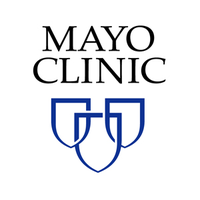
Commercially available unmanned aerial vehicles (UAVs), commonly known as drones, have gotten pretty amazing and quite cheap over the last few years, thanks to new brushless motors, lithium polymer batteries, and sensors already found in today’s smartphones. They’re already being used by farmers to survey fields, real estate agents to survey properties, and by rescue teams to look for people in difficult to reach places. Lately there have been attempts to use drones for medical applications, such as ferrying automatic external defibrillators and emergency medicines faster than ambulances. In the latest Air Medical Journal, three researchers from Mayo Clinic’s Department of Surgery investigate the potential for drones to be used to deliver things such as drugs and blood derivatives to clinics, disaster areas, and to remote places that are expensive to reach such as ships and offshore oil platforms.
